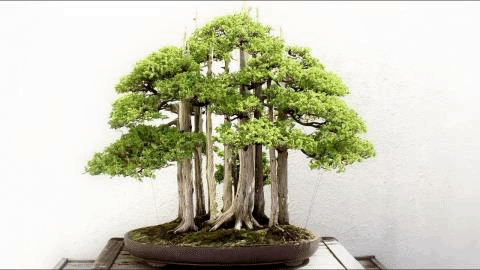<div class"text-justify">
Hello friends, blessed day for all! Today has been a long day of work in the garden, taking advantage of these short days of vacation to fine-tune several bonsai and taking advantage of giving the last works of the season to the juniperos.
In today's publication I want to show you a rare disease in the garden, although in the field, when growing directly on soil, it is more common and this is the attack of nematodes on the roots of plants.
I tell you that about 3 years ago I transplanted one of my Bougainvilleas Bonsai and since then the plant has not had a good time, since that time the plant presented a stress that I thought was due to the transplant, but that condition was prolonged by one, and another year until reaching almost three years with a plant that only reacted the first days of applying fertilizer, but never budded strongly, a flowering scab and the leaves had yellowish coloration very similar to the symptoms of chlorosis.
Today I had thought of doing pruning work to take advantage of the waning quarter of the moon, but organizing the garden I decided to venture with this plant, as the season of greater vegetative growth for the trees is coming and I felt that these external symptoms of the Bougainvillea was due to some problem in the roots.
What normally happens in bonsai is the root rot caused by the ponding of the substrate (of course this is due to bacteria and other pathogens that attack the roots) but that is solved with a change of substrate or the so-called repoteo, which does not It is more than a maintenance transplant. A few months ago in the bonsai exhibition a friend told me something that he had with one of his bougainvilleas, very similar to this thing that happened to me and at the time of the transplant the surprise was that he had cottony pillbugs on the roots of his plant. Remembering this, I already had two possible causes of the bad state of my plant, but the real diagnosis would have it when doing the transplant.
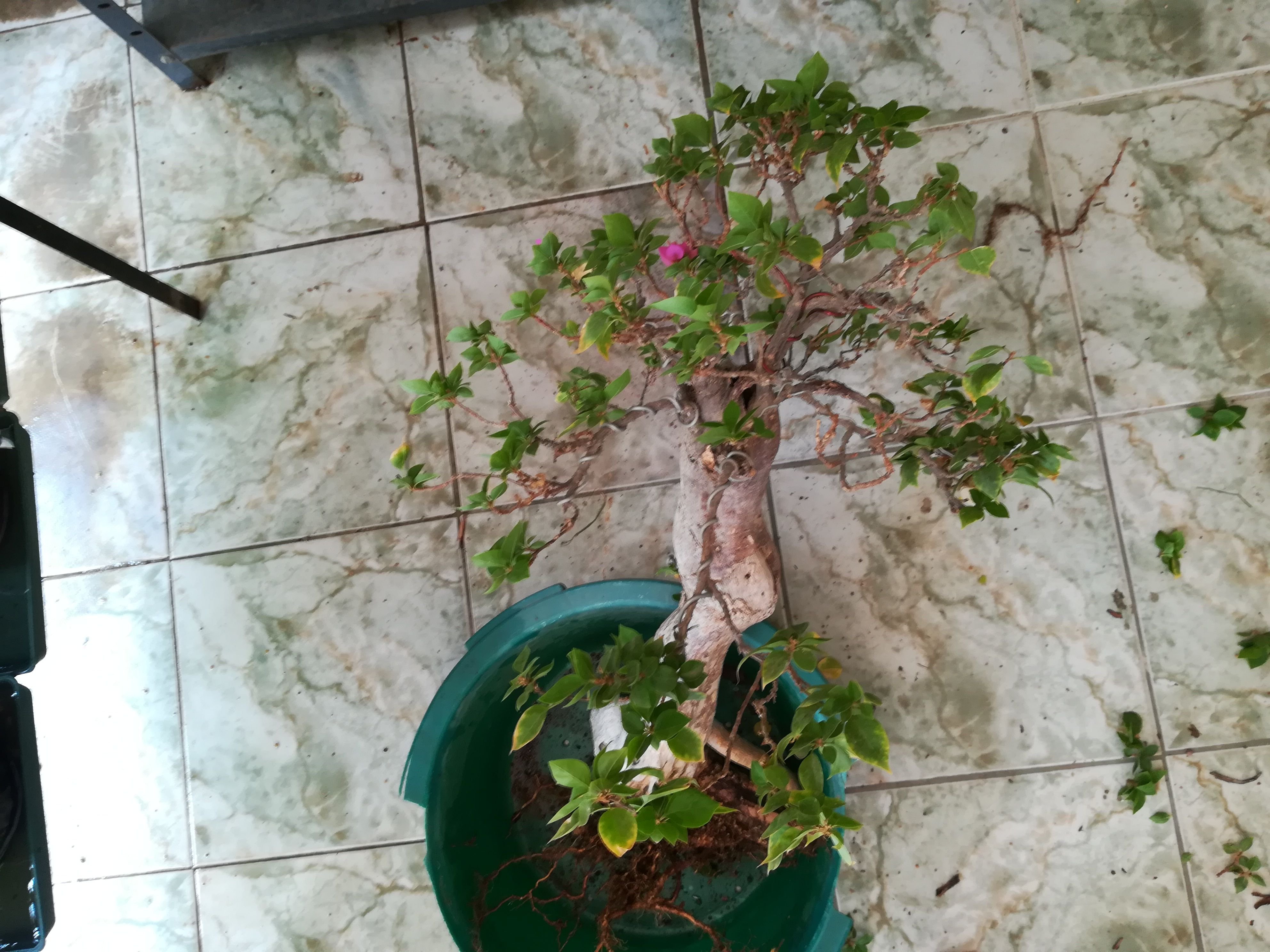
I really did not plan to document this in my publication today, because I thought I would dedicate it to the theme of branches in bonsai, a topic that I have pending with my friend of #teamBonsai @creativetruth. Friend, I think it will be for tomorrow, apologize for the long wait hehehe.
For this reason, do not capture images of the start of the transplant. Before starting the work I could notice that the tree was not fixedly anchored to the pot, something that is critical in the bonsai, because as a teacher of Bonsai said in my country: "A bonsai that moves, it is a bonsai that dies ", this was a sign that could present root rot. Then when releasing the wires of the old anchor, which by the way no longer served, I proceeded to remove the old substrate, remove the tree and when I began to comb the rootlets I noticed the nodules that they had, my expression was of terror and a nooooo can be!
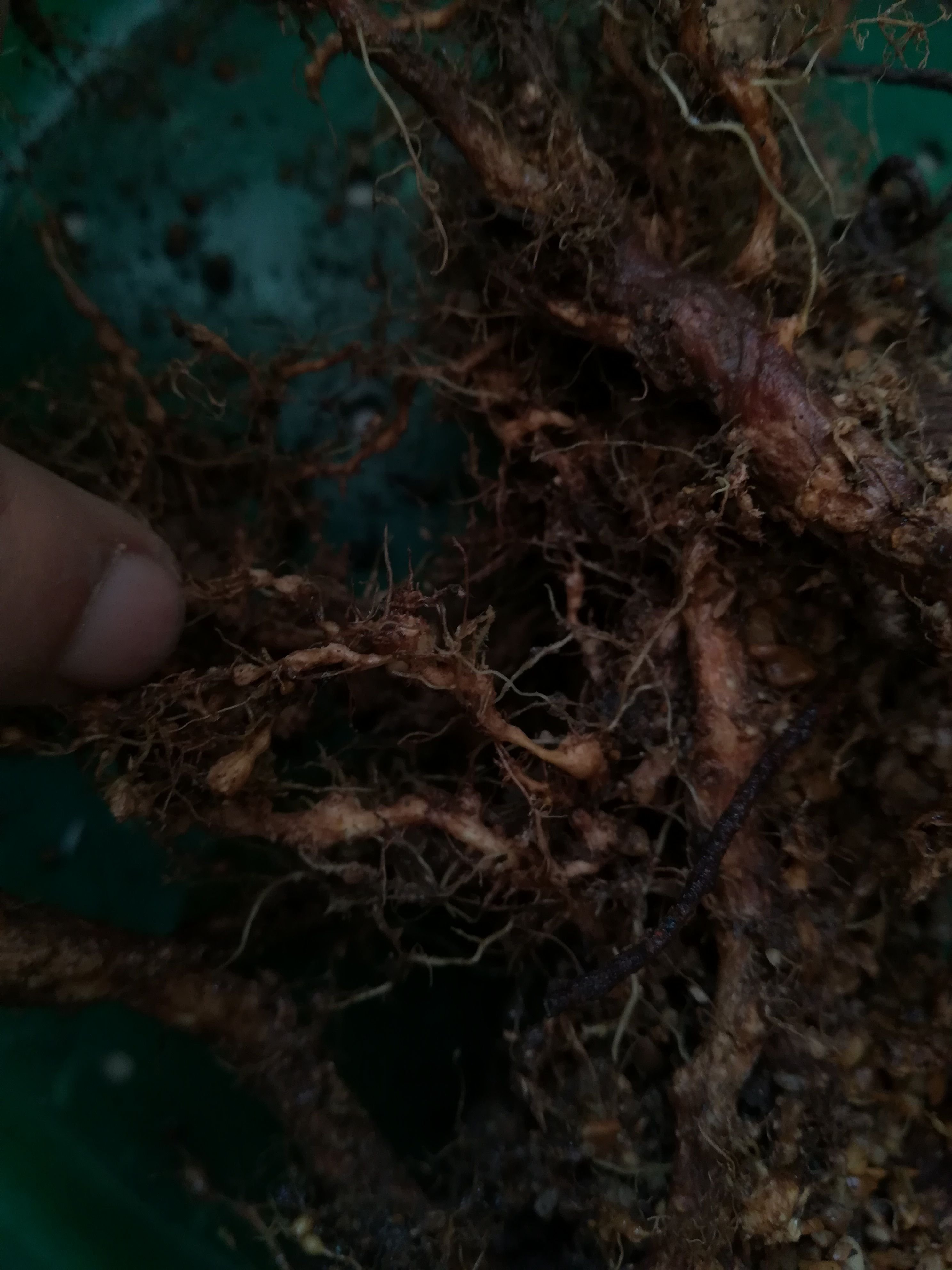
I HAVE NEMATODES IN MY GARDEN!
The nematodes in the roots of the plants cause severe damage to the trees and are a bit difficult to eliminate. Normally this type of plague is along with the cottony pillbugs the main headaches of my coffee plantation, it is something very common in the field, but certainly in the garden and in the Bonsai it is the first time I see it and the probability of it occur is very low, but the attack may occur.
If you want to know more information about nematodes I recommend this page: Nematodes Wikipedia.
Although I expected something less severe, if I was sure I had problems in the roots, but I did the transplant at the exact moment, if I had waited a few more months, the tree would probably have died. As expected there were many damaged roots and the amount of rootlets was very little, this is one of the jobs I have now, to recover this small tree that at the time was very beautiful.
Fix the nodules that form the nematodes in the roots, this makes it almost impossible to feed the plant, which is why it deteriorates its appearance in the foliage. Many times this type of problem in the roots are not detected and we believe that there is a plague attacking leaves or lack of nutrients, but the problem is down, so if something similar happens I recommend checking their roots and substrate.

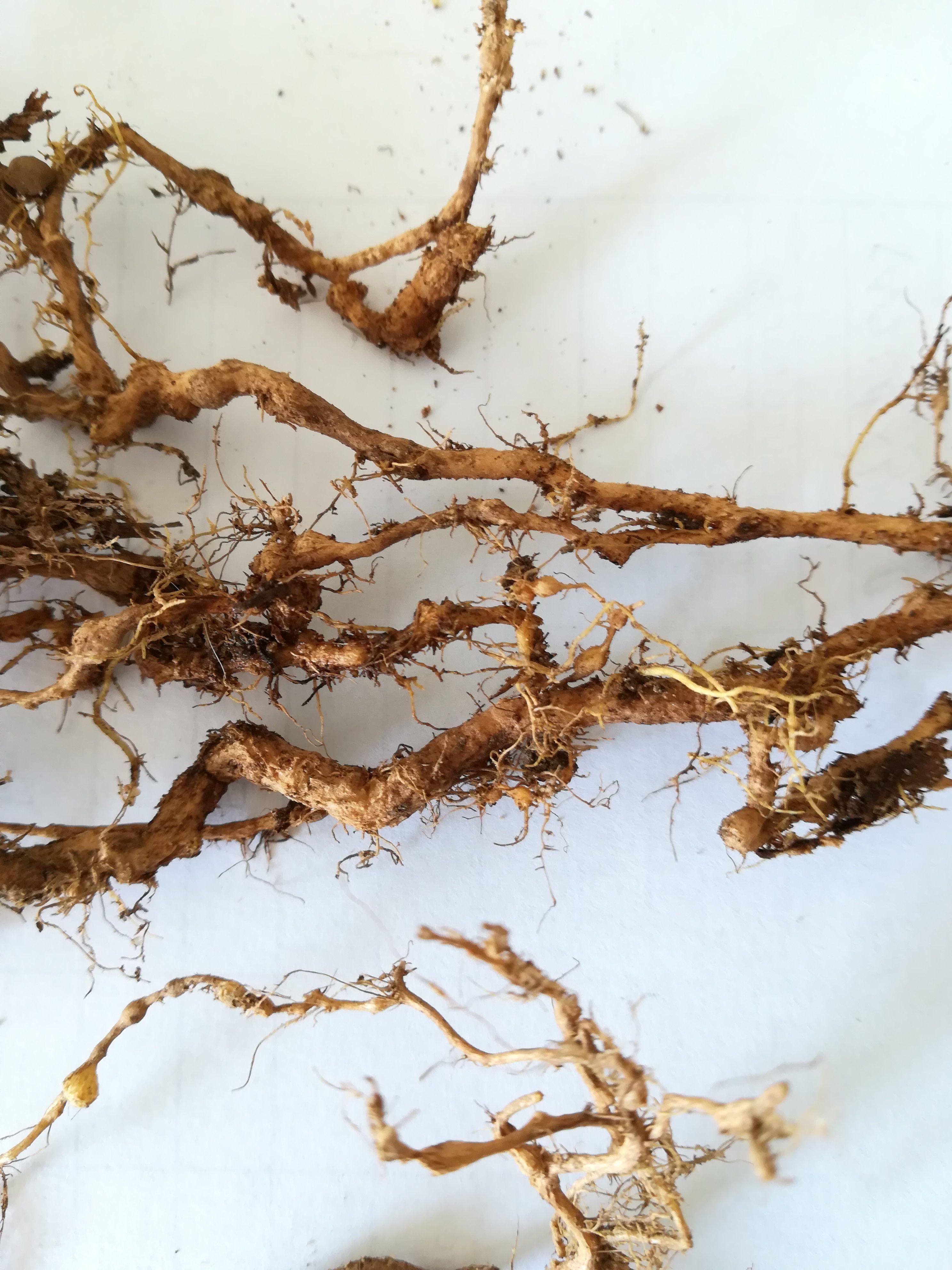
Take the time to change the bonsai pot and to renew all the substrate. As in my city Akadama is not obtained, we use a very similar substrate, they are balls of baked clay which we use together with the common gravel, this gives us an excellent neutral substrate, well drained and that helps to stimulate the development of rootlets in the trees. A long time ago we used land mixtures but it gave many problems of root rot.
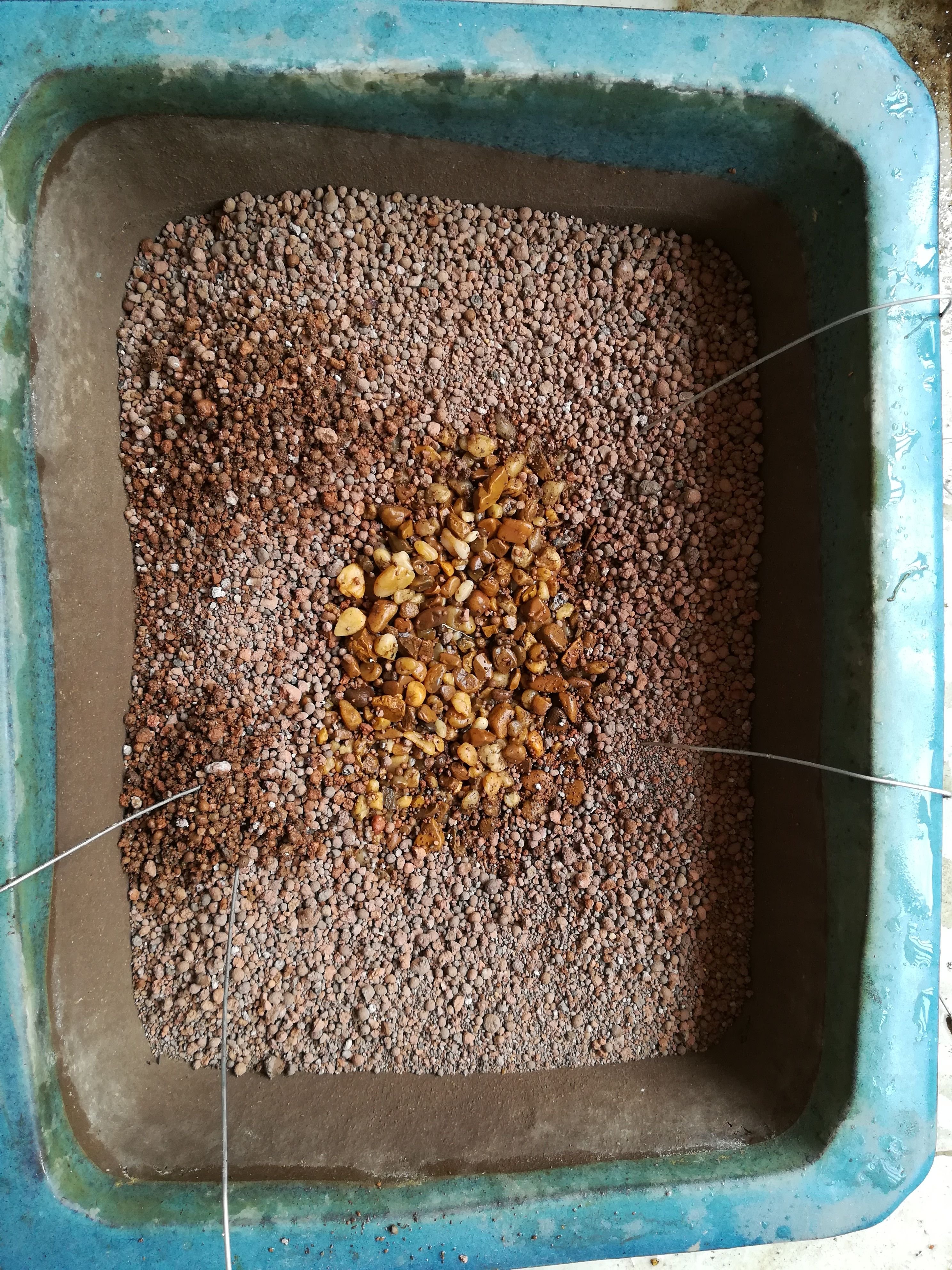
Then apply to the substrate the entomopathogenic fungus Trichoderma harzianum that helps fight nematodes and other diseases, in addition to applying a bit of rooting hormones to stimulate the production of new rootlets, this should be complemented by sprinkling rich phosphorus fertilizer on the leaves, but a few days later. They recommended me to use a chemical called Karate that is effective to eliminate nematodes and cottony woodlice, but as many of you know I am not a friend of chemical products, I like to work with biocontrollers and organic products, both in my garden and in my coffee plantation and cocoa.
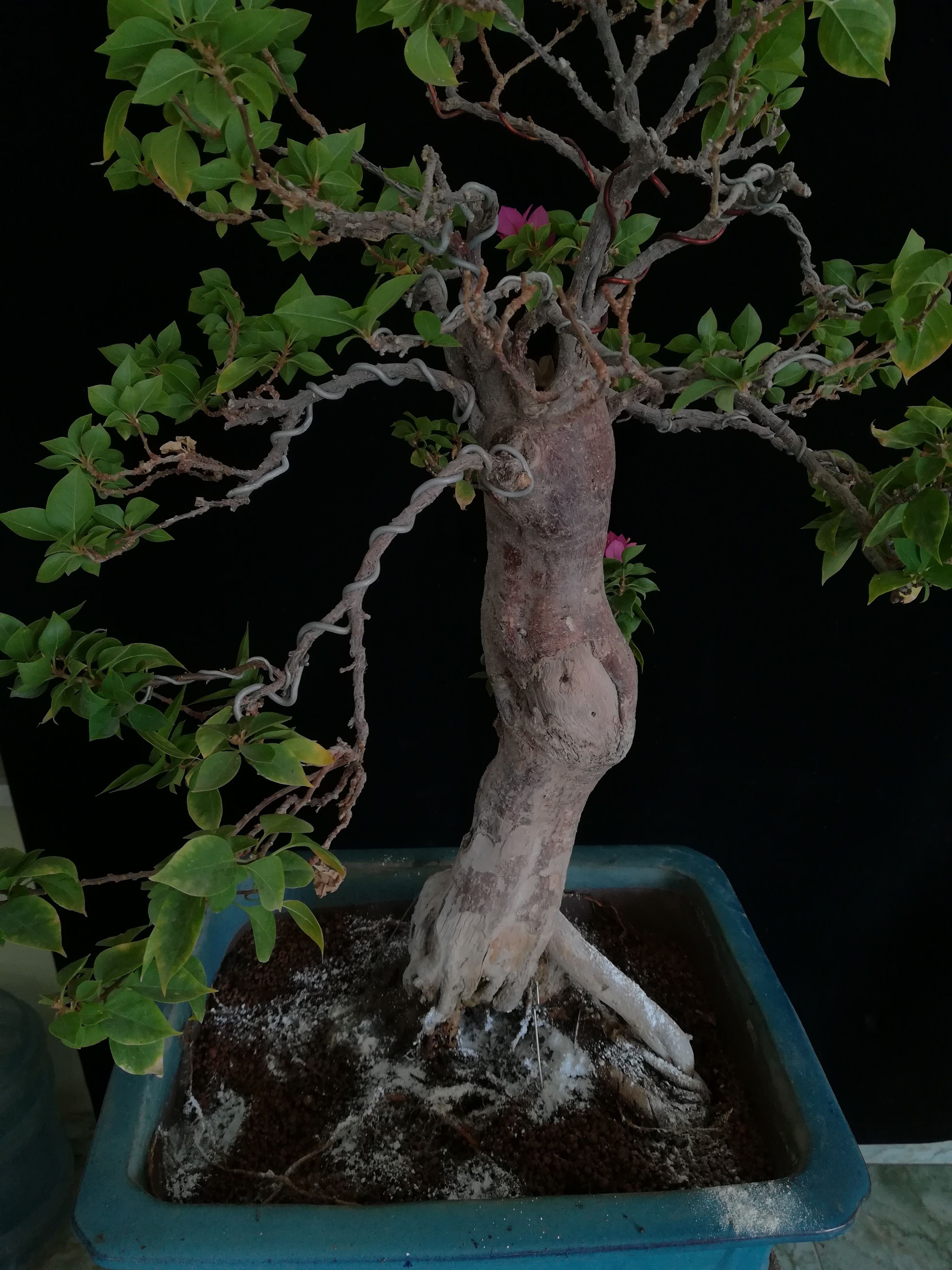
You can see me using Trichoderma harzianum to control some fungi and stimulate the growth of my coffee plants. You can see me using Trichoderma harzianum to control some fungi and stimulate the growth of my coffee plants. Help the planet using ecological inputs, some chemicals that are used to control nematodes, contribute to the destruction and deterioration of the ozone layer.
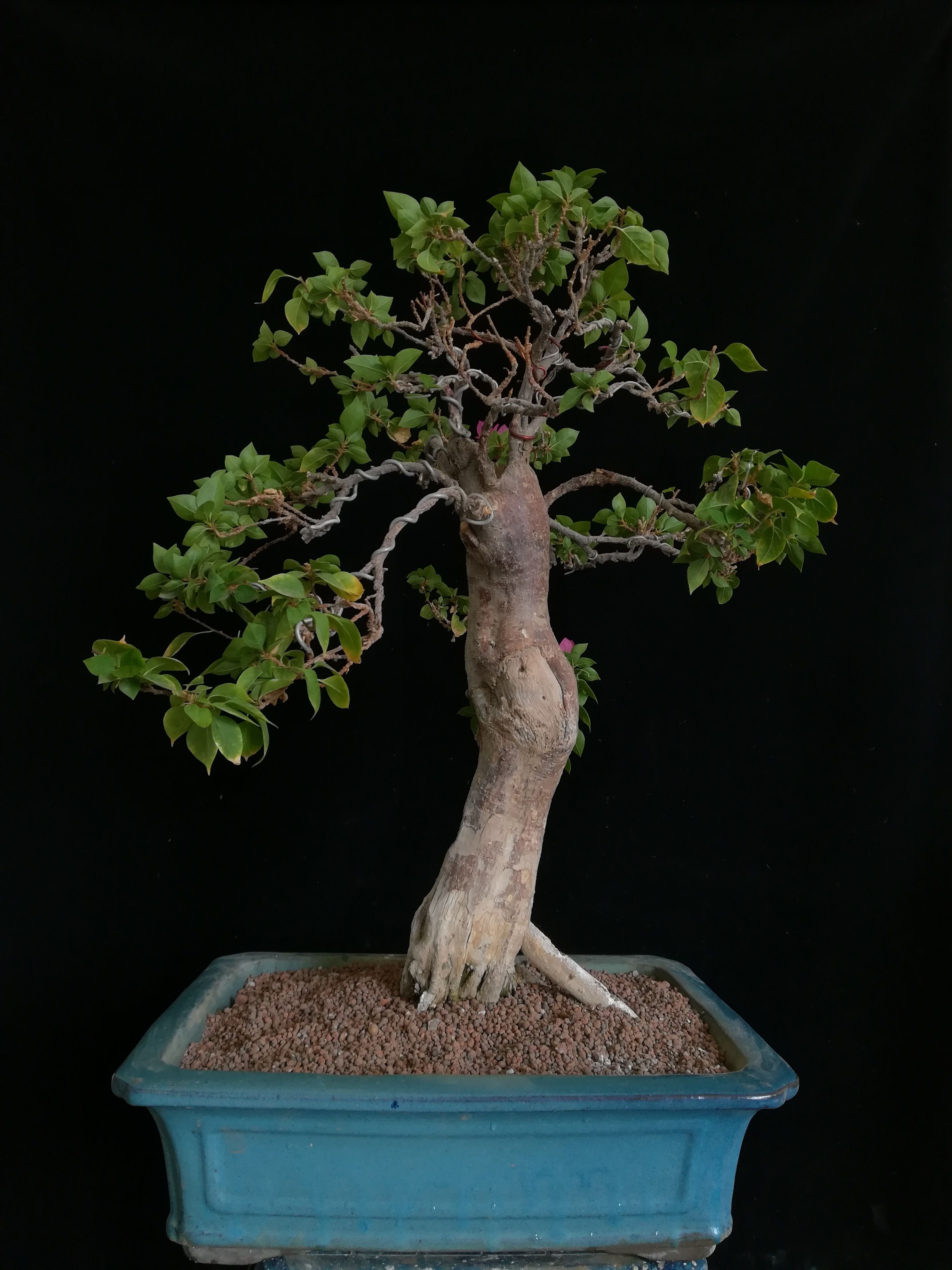
Once the products are applied, the substrate is completed and the transplant is finished, here is a picture of the transplanted bonsai. I hope he starts to recover quickly and that soon he will be very healthy with the treatment he applies. After the photograph, apply a watering and leave it in semi-shade until you see new sprouting of leaves and branches.
CONCLUSION
As bonsai keepers we must be very observant and be attentive to any variation of the conditions of our trees. Seeing little sprouting, yellowing and falling leaves is a symptom of stress in the tree. If you notice that it does not have pests on the foliage, it is sure that the problem is underground in the roots. You must act immediately or you will lose the tree and many years of work invested. That is why I recommend studying and knowing the possible plagues that can strike us in the garden, in addition to the visible symptoms that they cause. Thank God the transplant arrived at the precise moment for this little tree! I hope to raise the evolution of my Bougainvillea within a few months.
I hope you liked this publication and help you to know this big problem caused by parasites in our garden. This was a publication of #TeamBonsai
